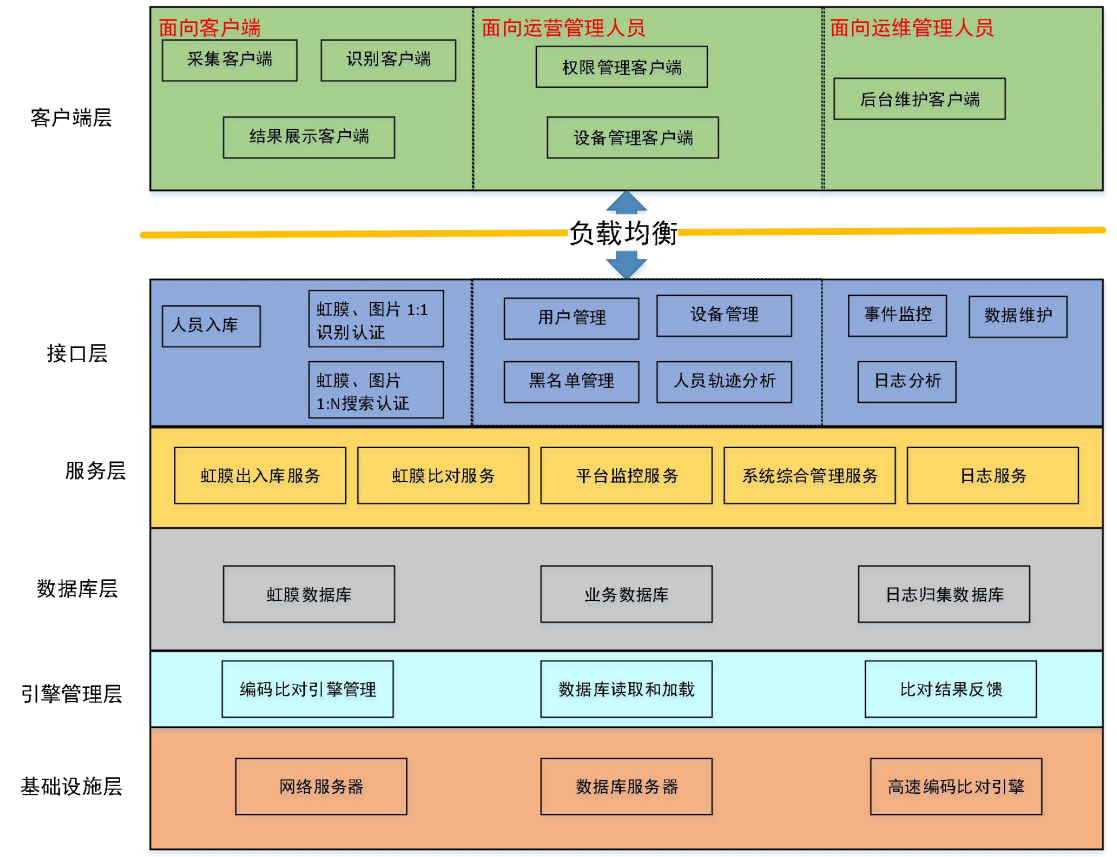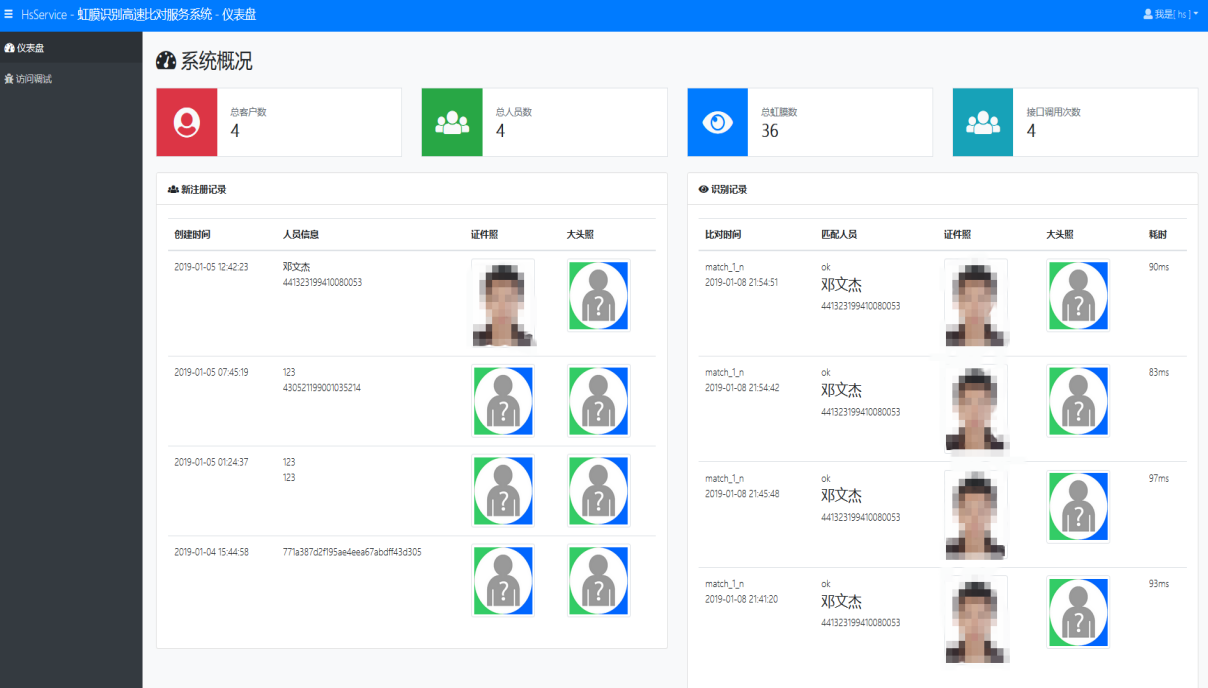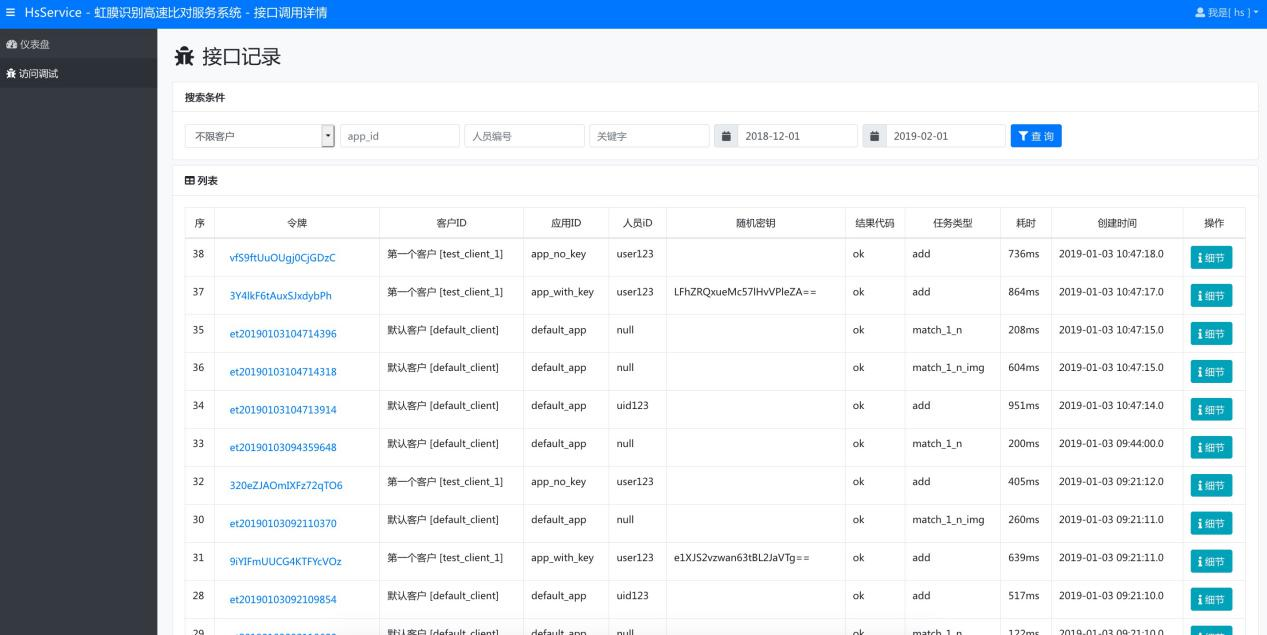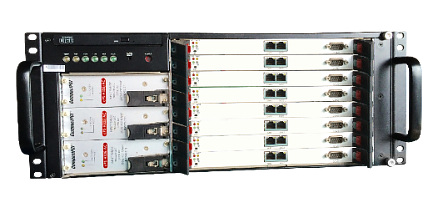Product details
Specifications
System overview
Iris Recognition Private Cloud Computing Platform is an infrastructure and software platform to provide a set of iris high-speed comparison backstage services for industry customers. These customers have their own independent computer room and data center, with maintenance personnel, and can maintain the whole system on their own. The software platform of iris recognition private cloud platform is B/S architecture, which provides standard Web Service services for customers; customers can integrate according to the standard service interface defined. Through these service interfaces, customers can complete iris coding, iris 1:1 identity authentication, iris 1:N identity search and other services.
system architecture
Iris Recognition Private Cloud Computing Platform mainly includes six levels: client layer, interface layer, service layer, database layer, engine management layer, infrastructure layer. Front-end users access and use through the client layer. Users can independently research and identify the client side of the client layer with iris acquisition equipment. They send data processing requests to the service layer through the standard system service interface of the interface layer. The service layer reads the data of the database and communicates with the engine management layer. To send instructions for iris storage and recognition requests, complete iris storage and high-speed comparison in infrastructure layer, and return the results of requests to client application in client layer through interface layer.
The overall system architecture is shown below.

system composition
The platform is mainly composed of seven parts: network service management platform, network management server, comparison engine management platform, database service management platform, database tool platform, database management server and high-speed comparison engine.
Display interface of system management platform, display access record, comparison time, comparison result of network service management platform, etc.

The client accesses the monitoring interface of the service platform and displays the access status and time of the system's service interface.

Interface debugging details record interface, provide debugging of system interface integration

High Speed Code Comparing Engine
The Iris High Speed Coding Engine and High Speed Comparing Engine integrate the independent intellectual property rights of Iris Technology (K10/K20) using the mainstream communication interface, plug and play, low power consumption, high performance, small size, easy integration and installation, fast response, support UDP/IP communication mode, strong scalability. It can support the storage and comparison of iris data for millions of users and the encoding of large-scale iris pictures.
High-speed comparison engine is a system which uses high-speed comparison board as the core to accelerate the comparison of iris eigenvalues for different number of user groups. A single high-speed comparison board can support 2 million template loading, and can customize iris management solutions with high cost performance according to user needs. Taking HS-QSER-MAT1400 as an example, the specific system parameters of HS-QSER-MAT1400 are introduced in detail. HS-QSER-MAT1400 is an iris comparison acceleration engine for tens of millions of users. It supports seven high-speed comparison boards and up to 14,000,000 iris template databases for 1:N comparison. It provides a set of cost-effective solutions for large-scale iris comparison management. The parameters of HS-QSER-MAT1400 high-speed alignment engine are as follows: iris background alignment and acceleration alignment engine are as follows:

Below are the actual pictures of the service layout of the Homsh iris cloud computing platform, which can complete the high-speed iris comparison.

Specification parameters
Indicator items | Technical parameter requirements | |
basic function | Iris eigenvalue acceleration comparison | |
Core algorithm | Test conclusion of ROC curve evaluation based on recognition system performance The FAR and FRR of PhaseIrisHW™ algorithm from small sample to large sample (107 magnitude) are stable. | |
FAR of monocular recognition is 10-7 FAR of binocular recognition is 10-7 | ||
Iris High Speed Intelligent Comparing Board | Comparison CPU | 12 |
Comparison speed | 800,000 Templates/s | |
Templates | Maximum support for 2,000,000 template loading | |
Network Speed | 1000Mbps Network x2 | |
power consumption | <25W | |
memory | 16GB/32GB | |
data transmission | Supporting UDP/IP | |
Dimensions | 233.3x166x160mm | |
PC Card | I7 kernel, 16GB memory, 256GB hard disk, standard working CPCI card | |
Comparison template | Maximum support for 14,000,000 template | |
Comparison speed | Maximum support for 5,600,000 template/s | |
power consumption | <220W | |
interface | Gigabit Network Port | |
Environmental Temperature | 0℃~50℃ | |
Storage temperature | -20℃~80℃ | |





